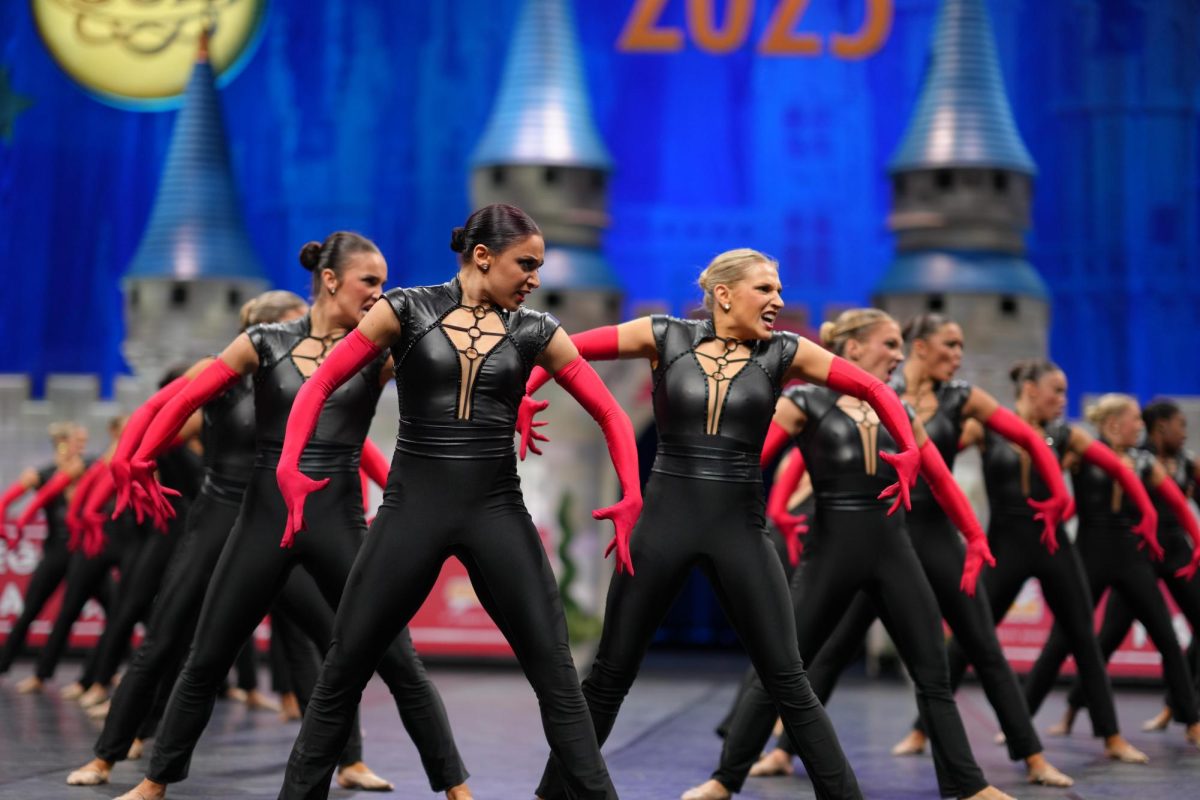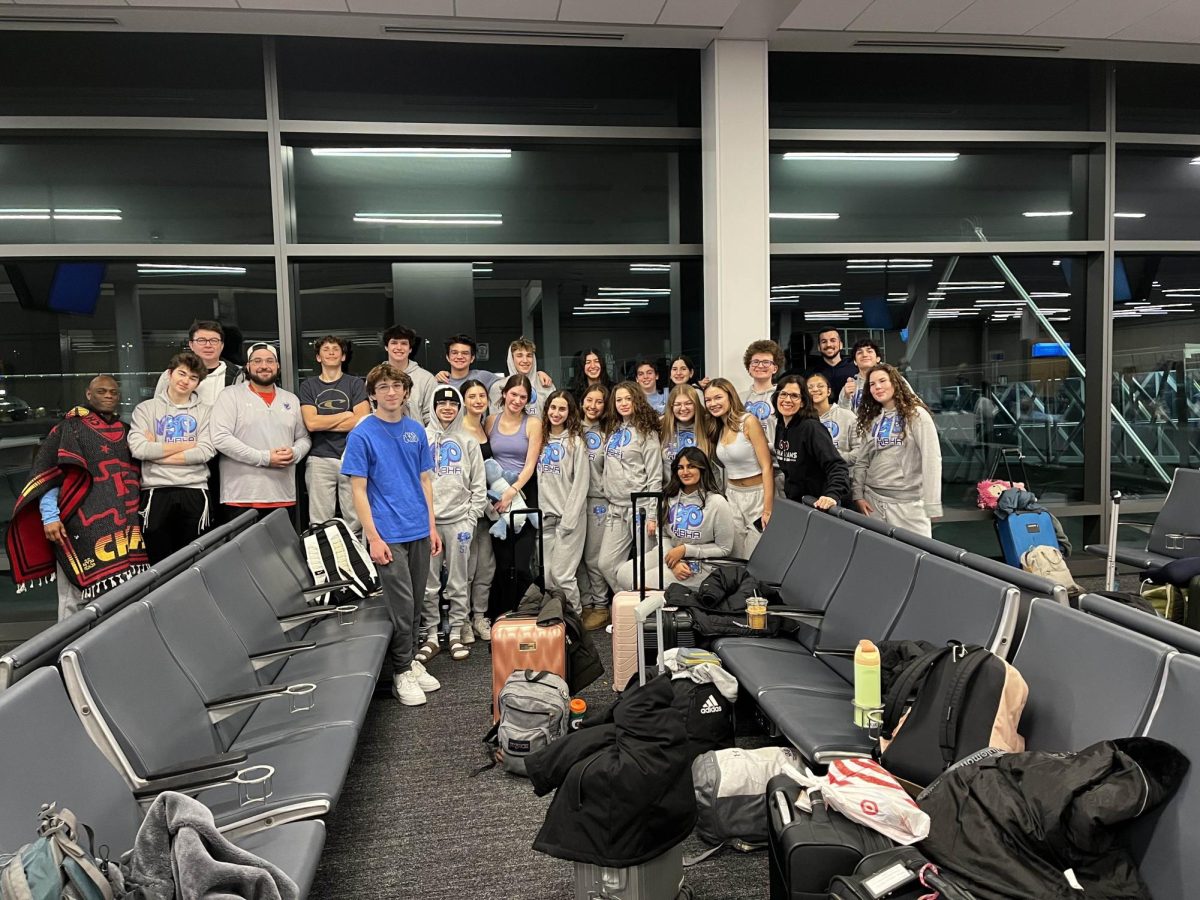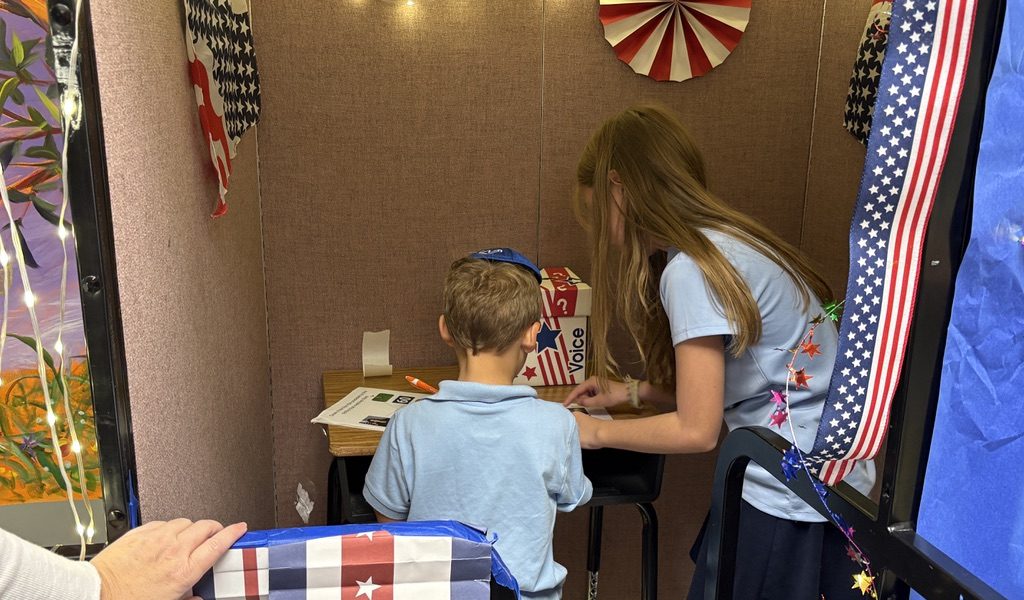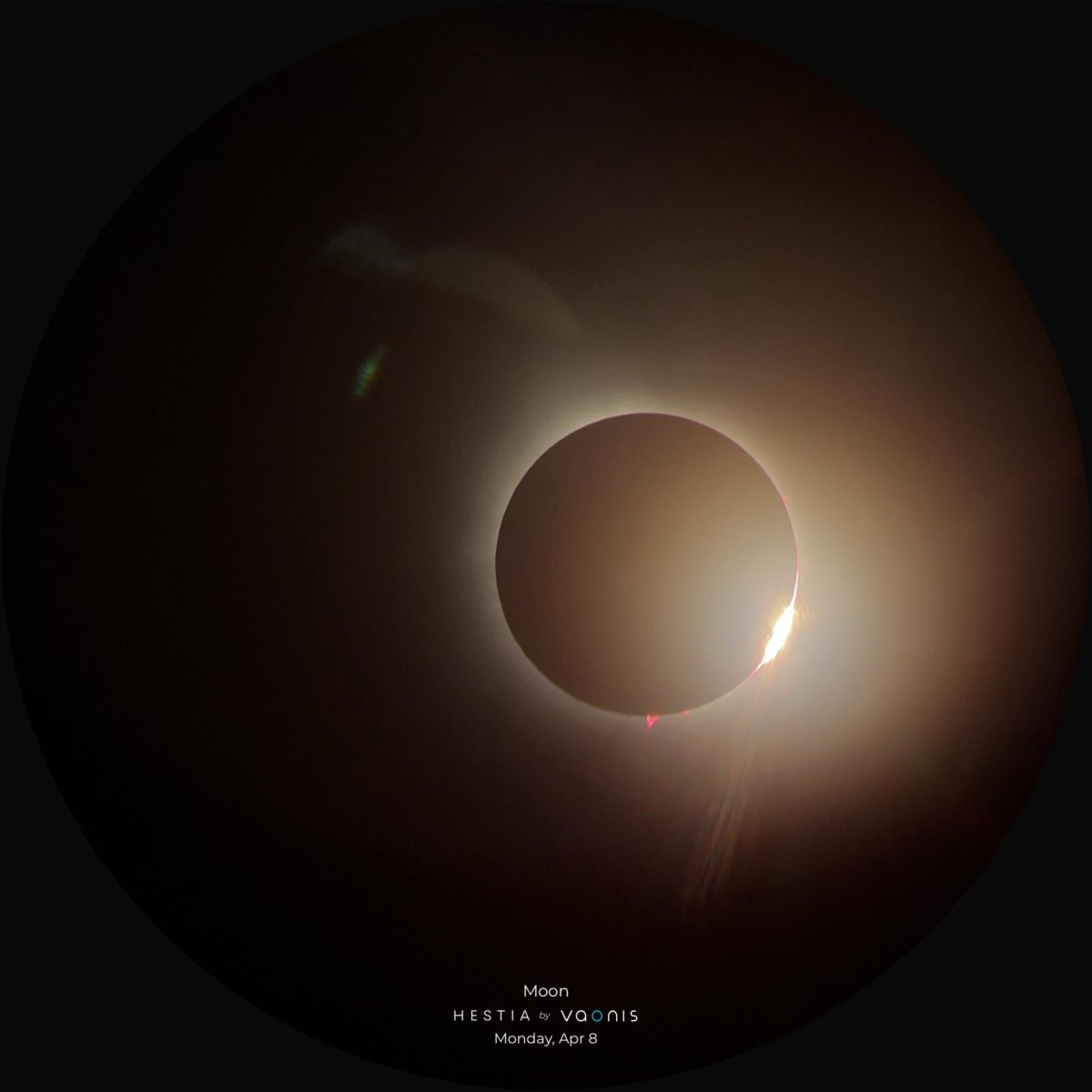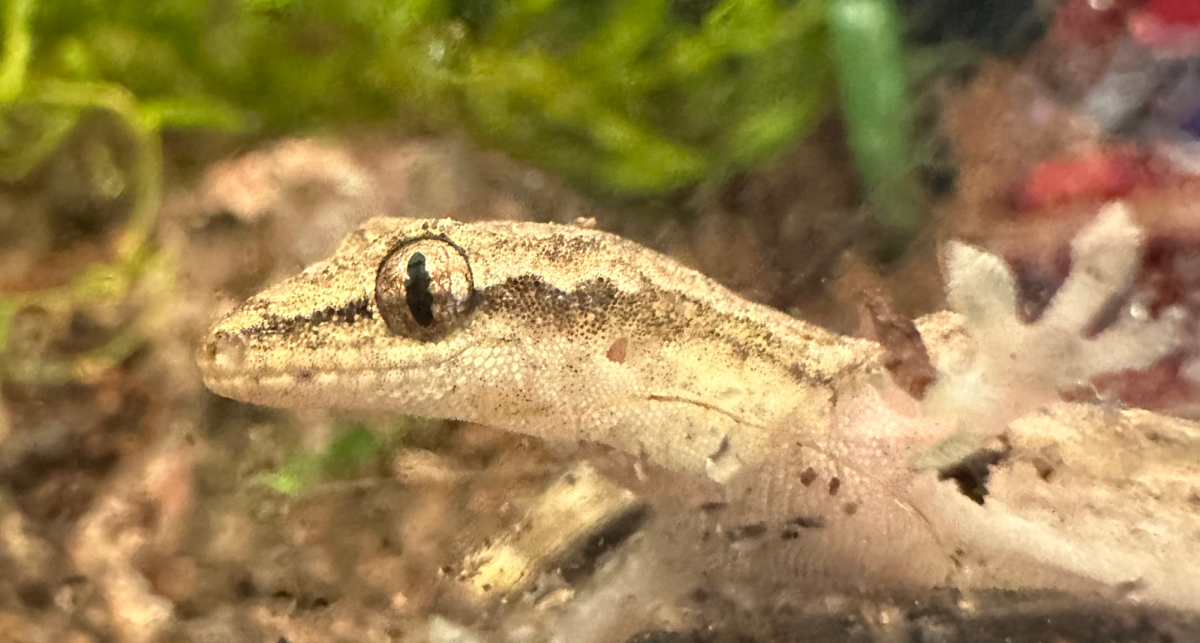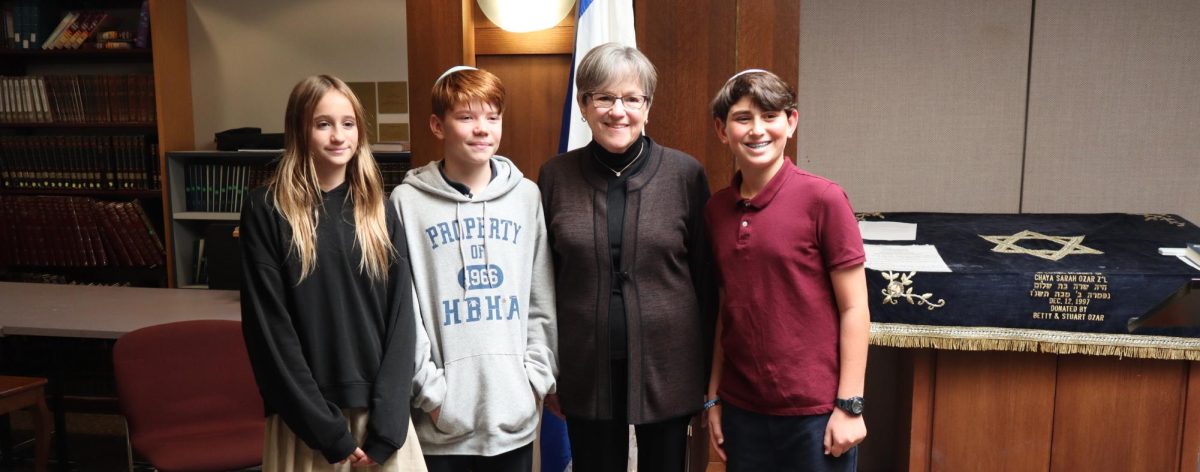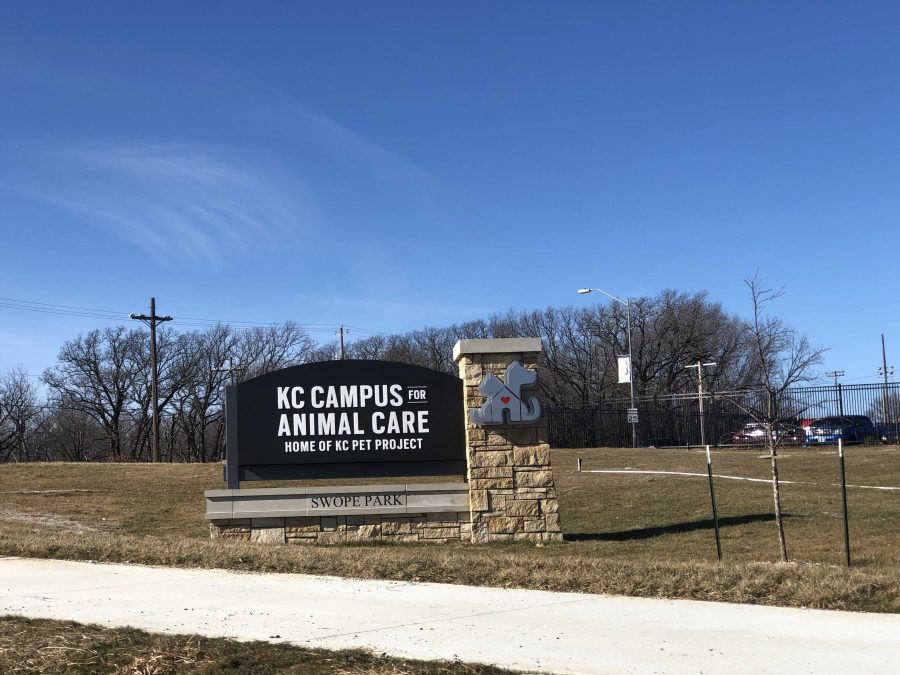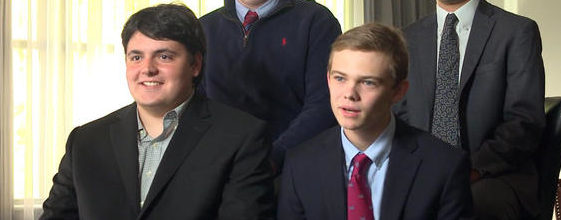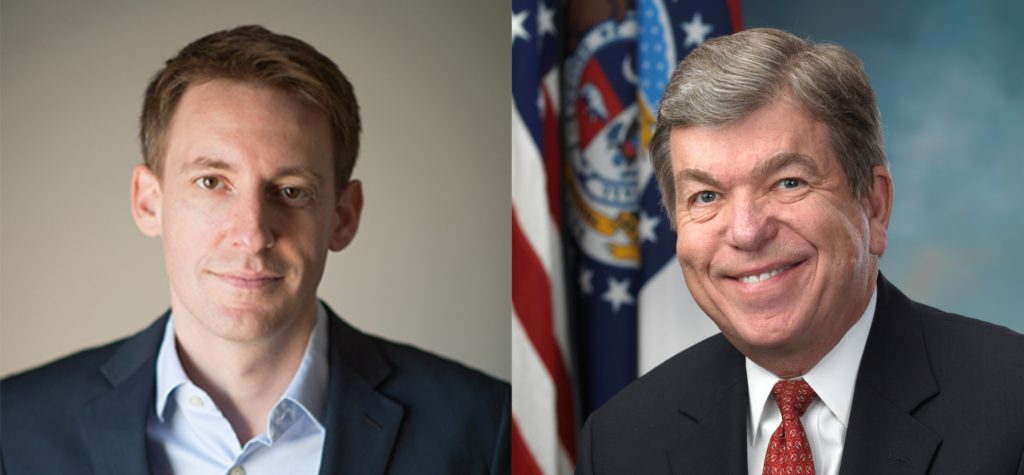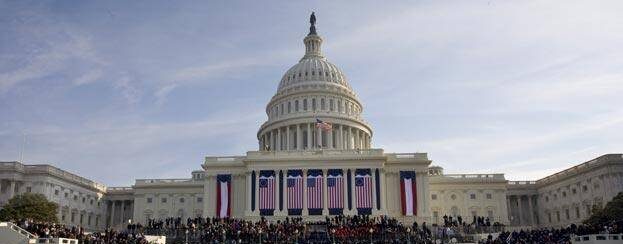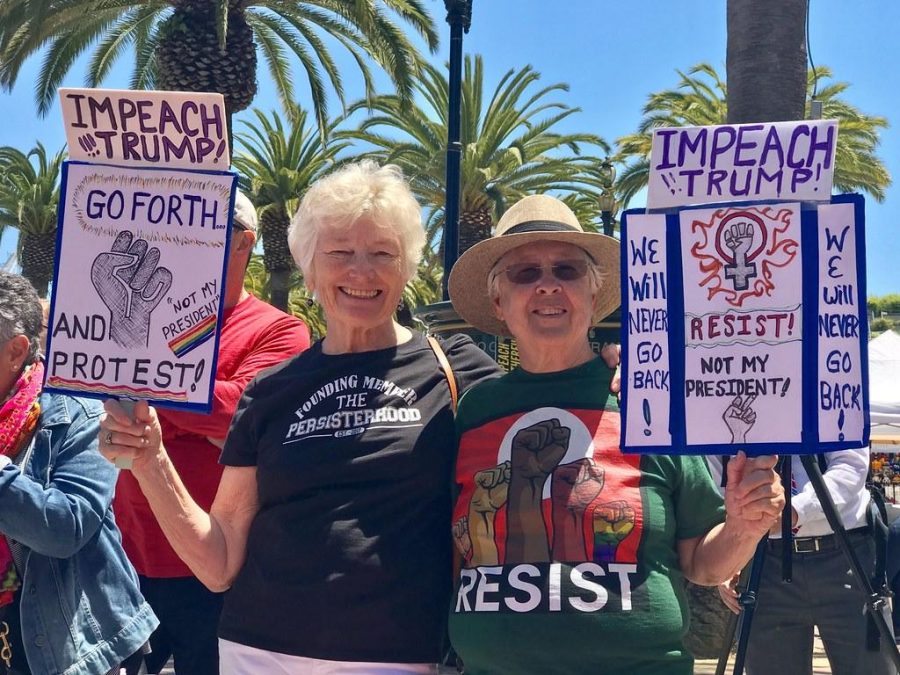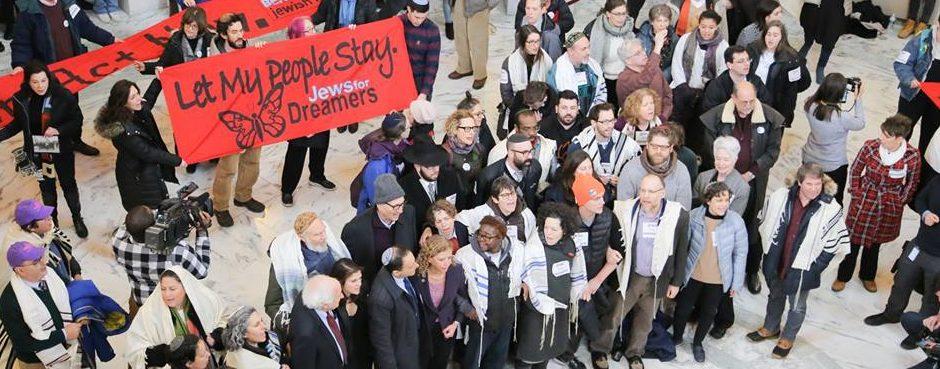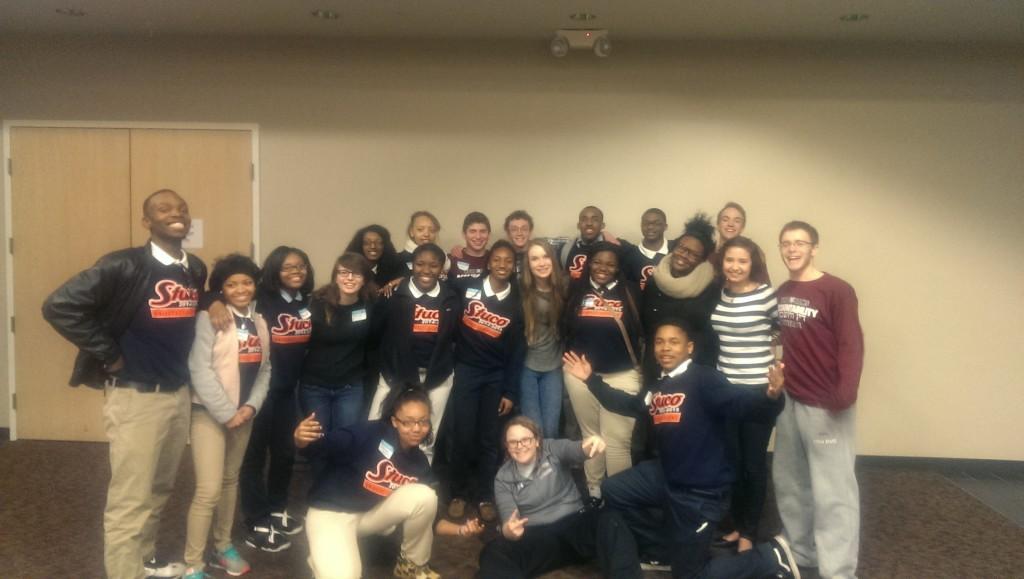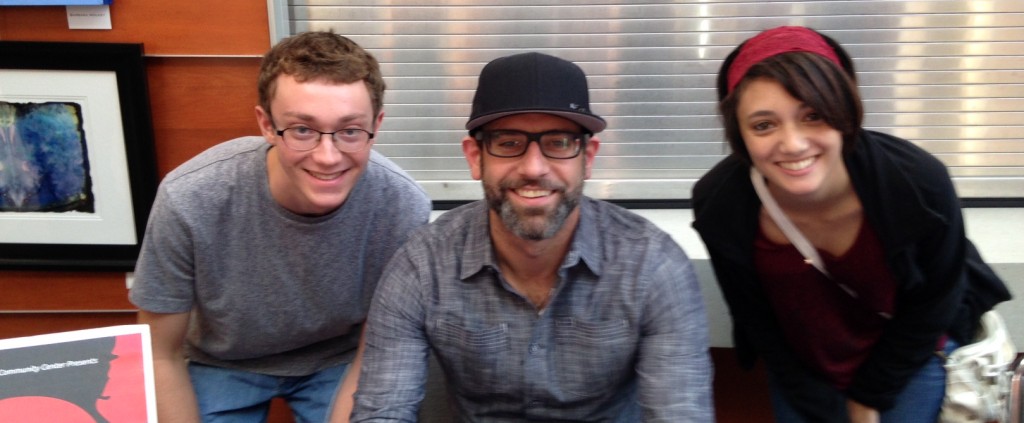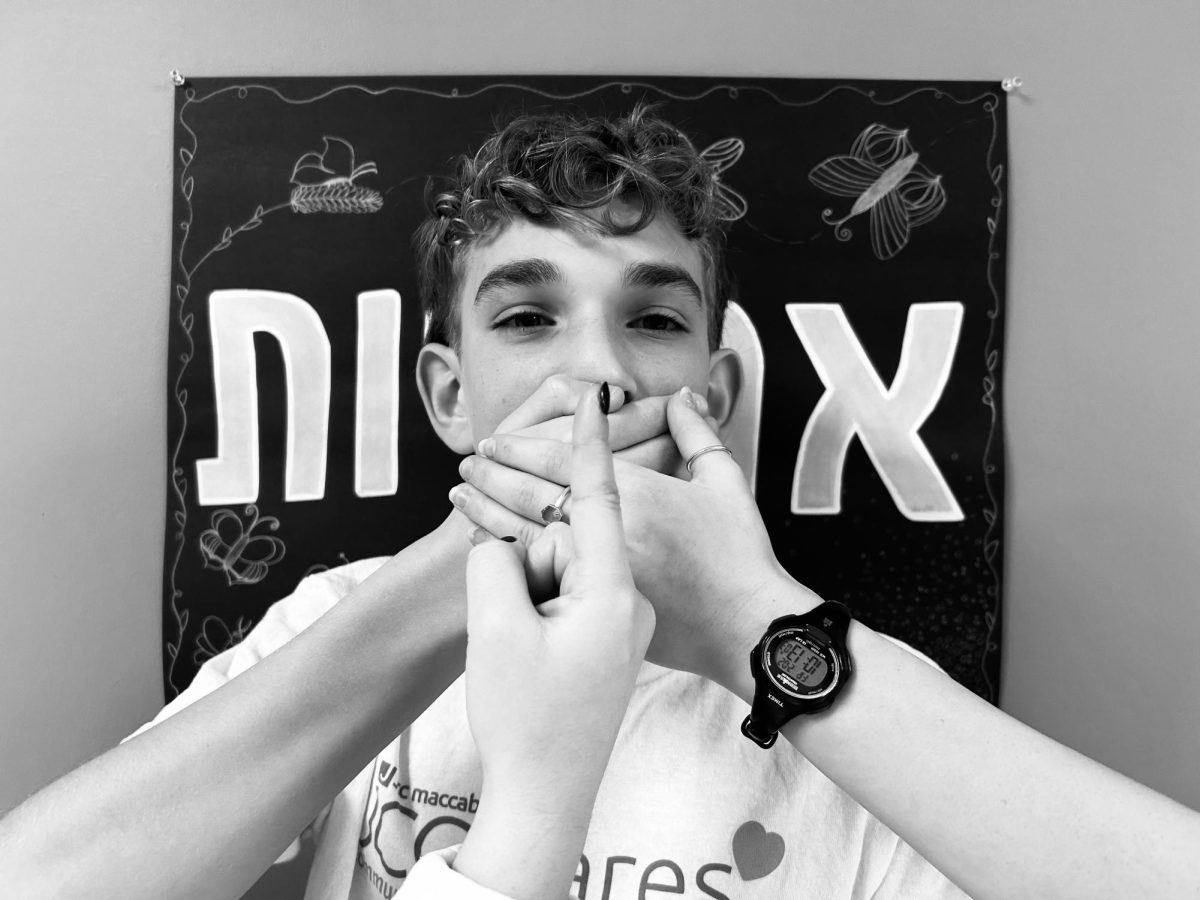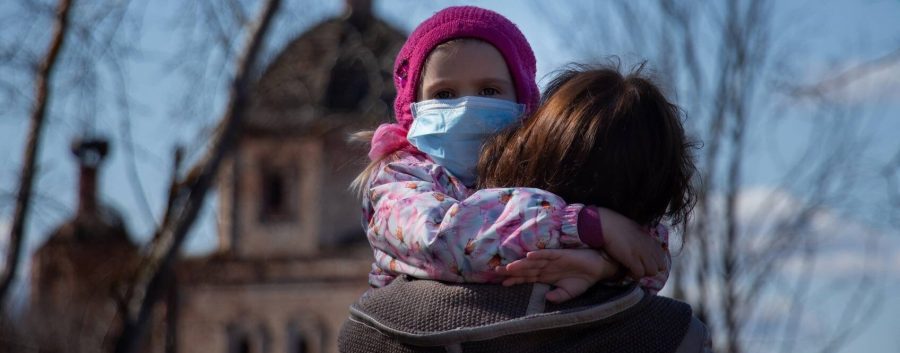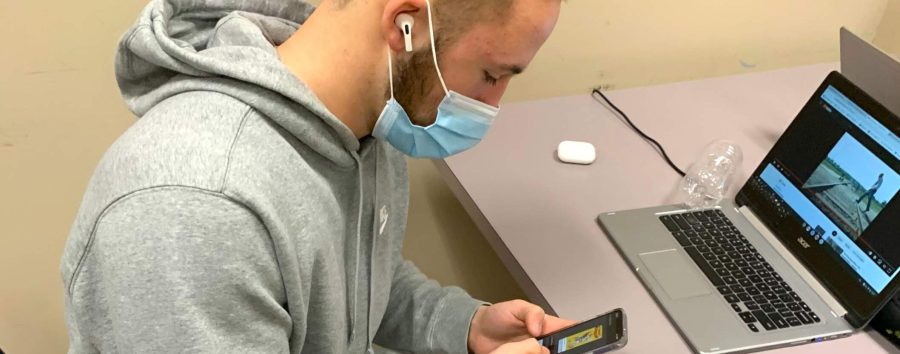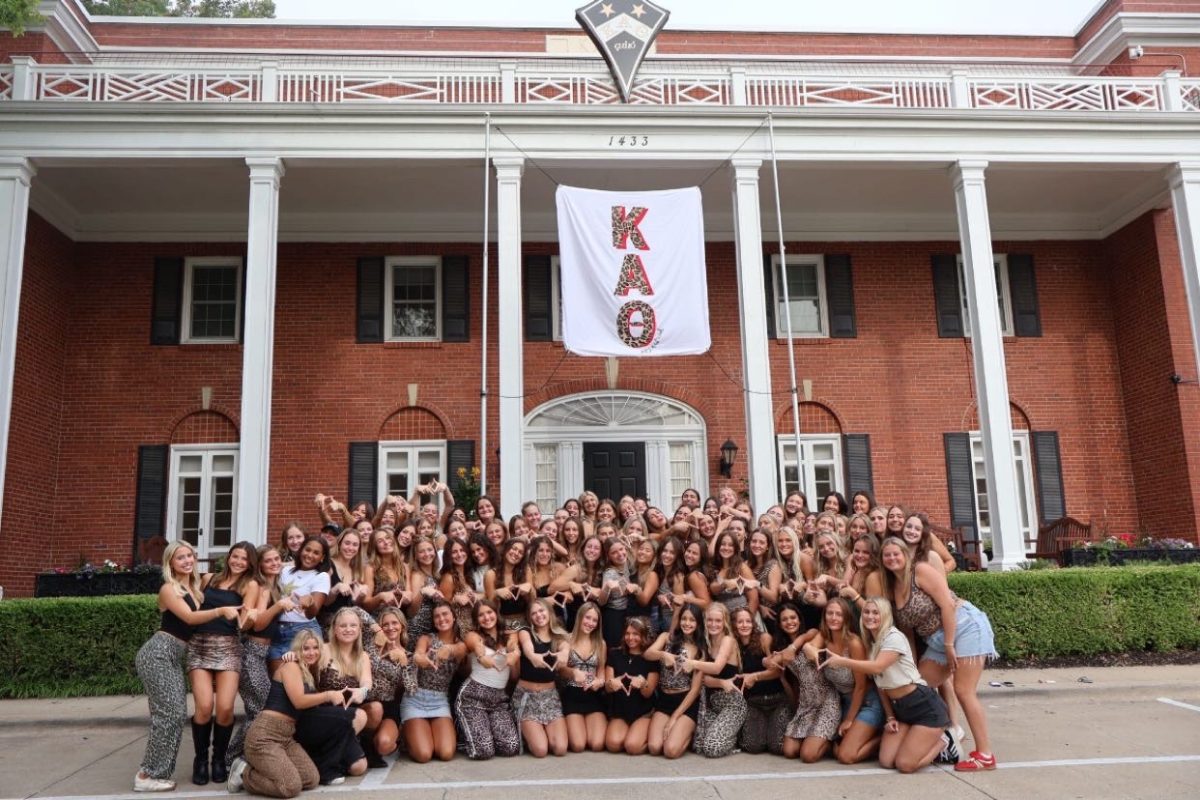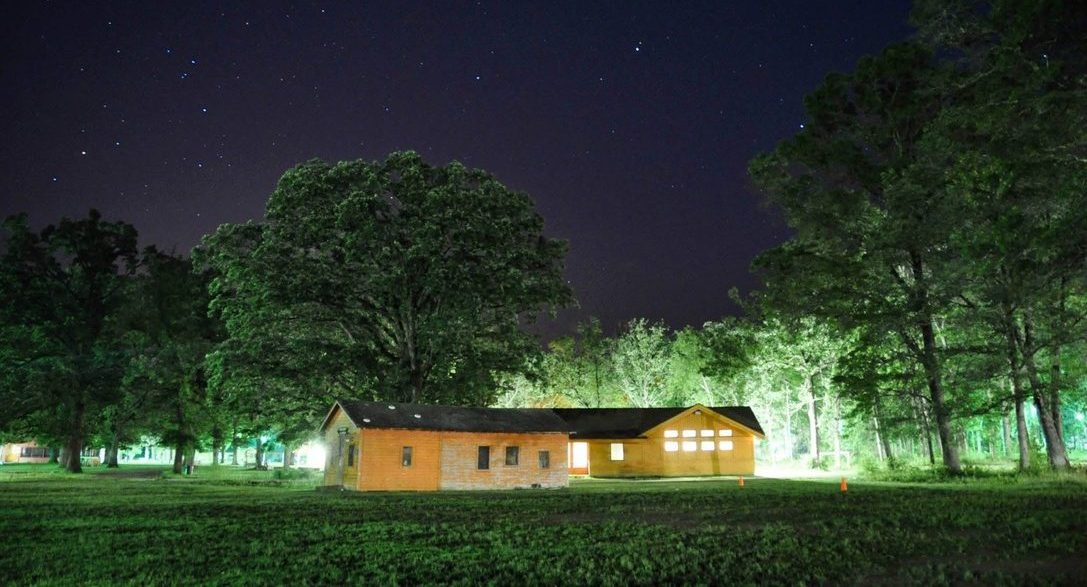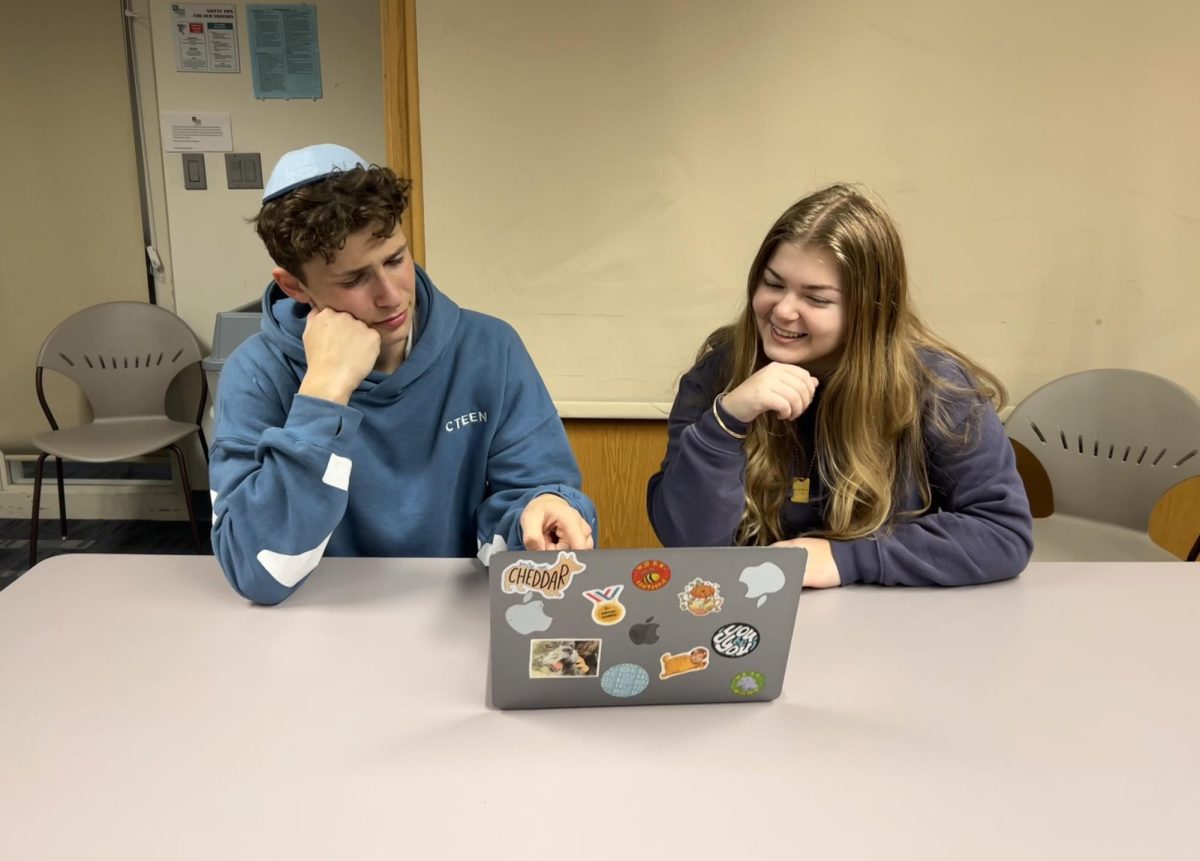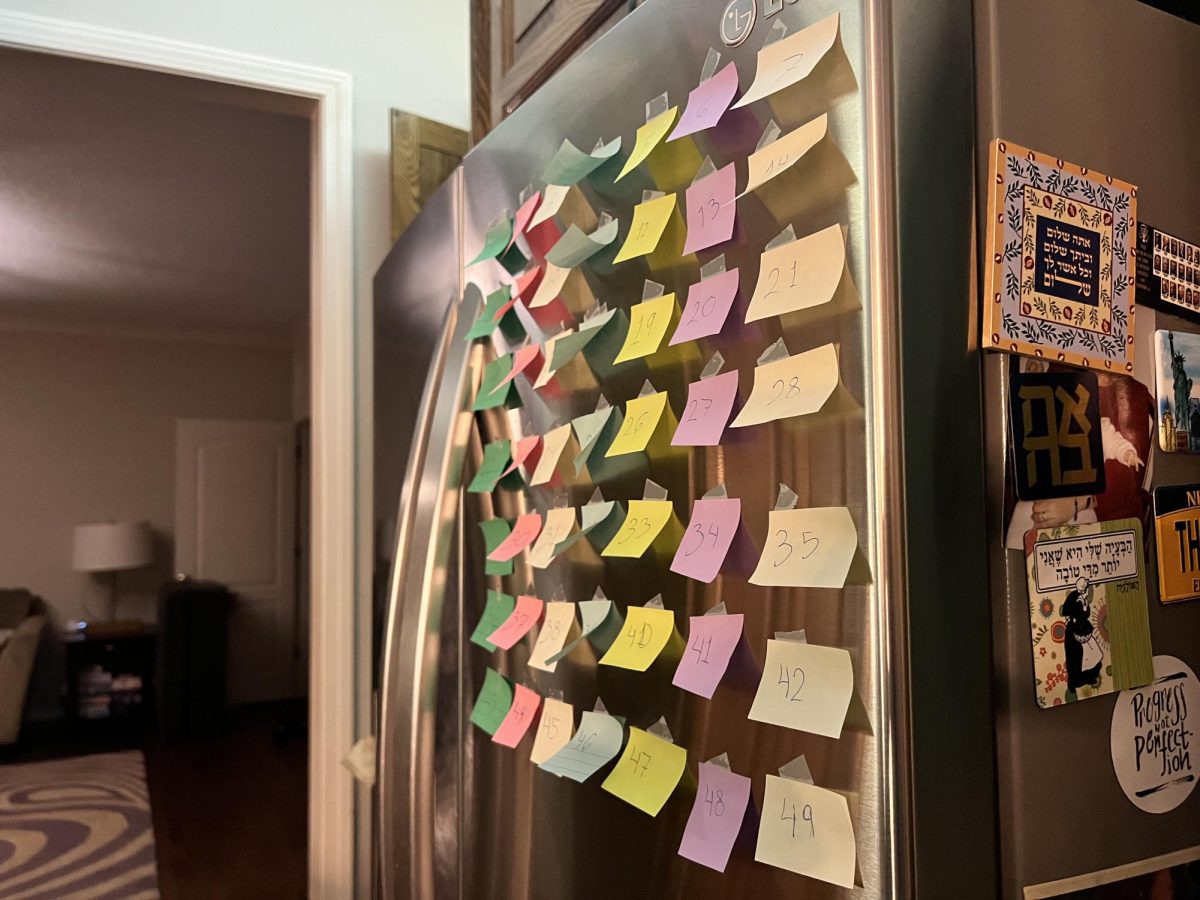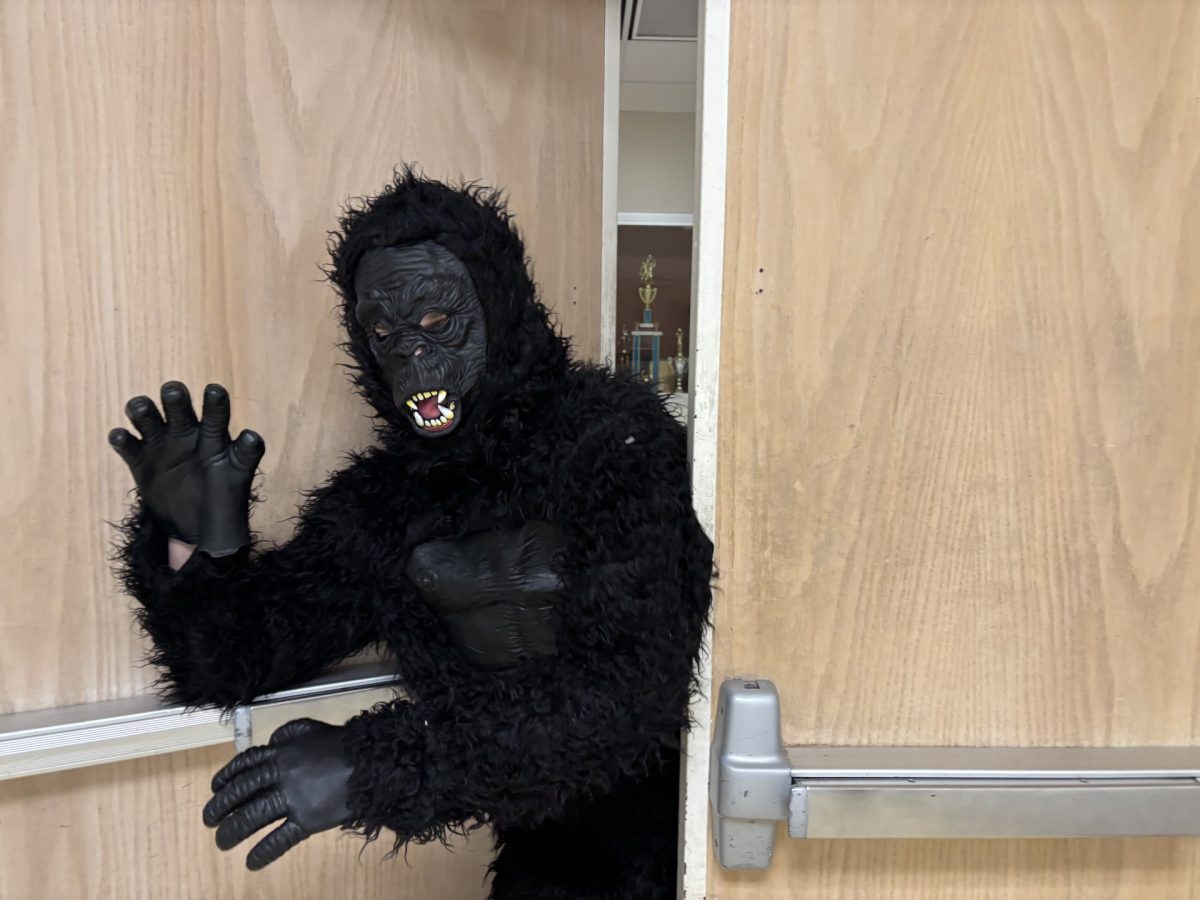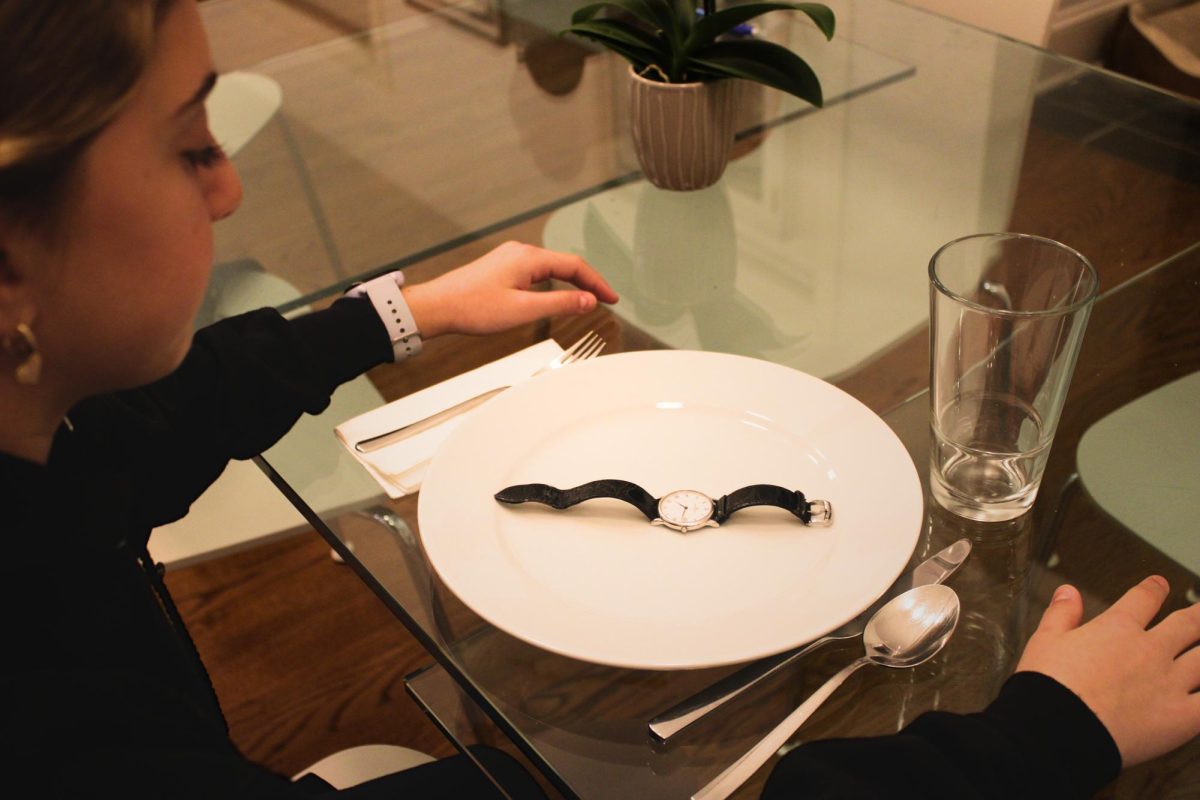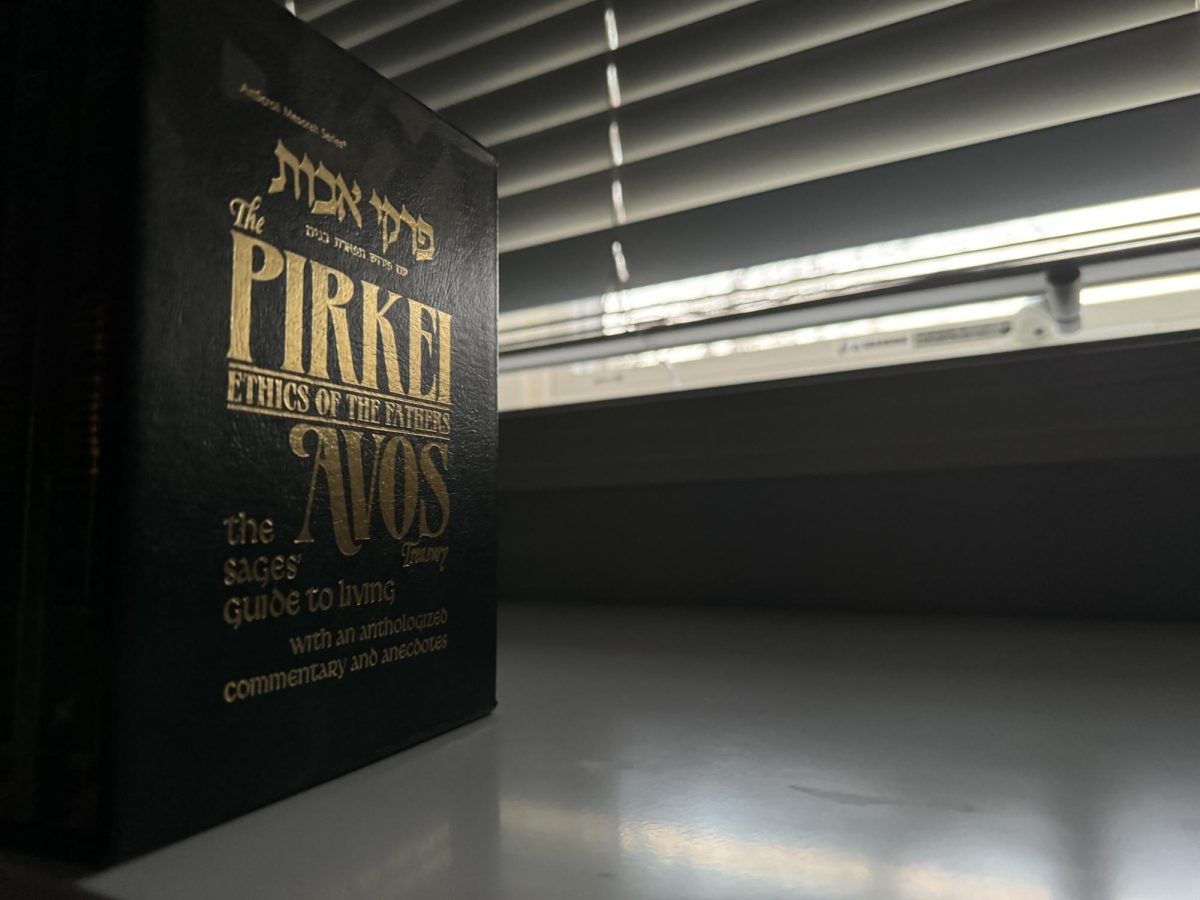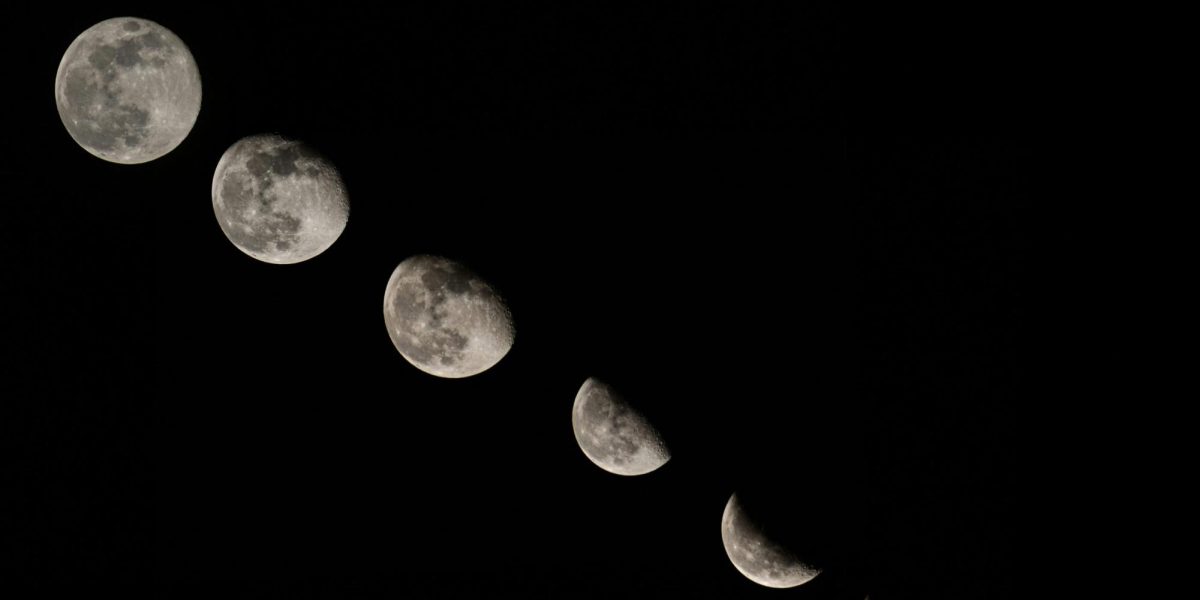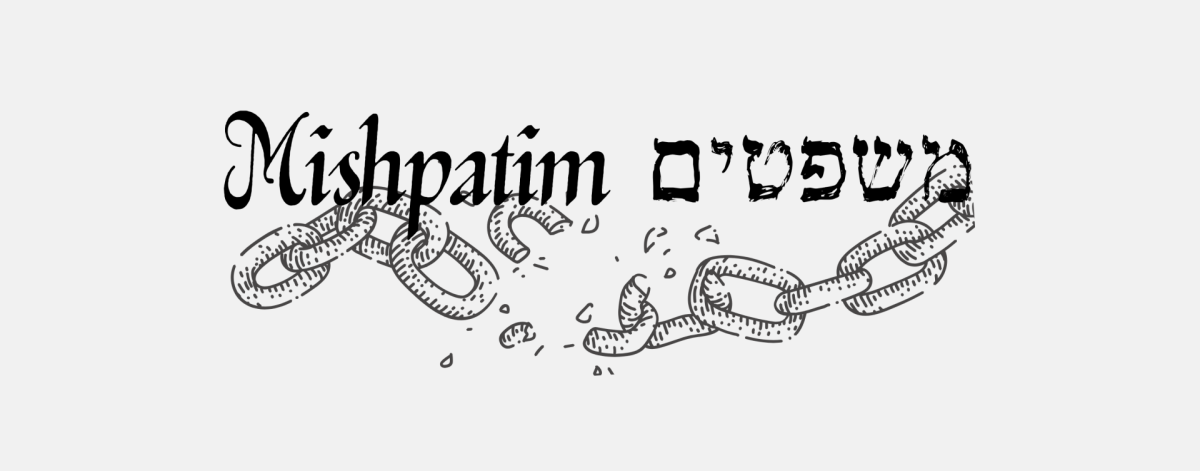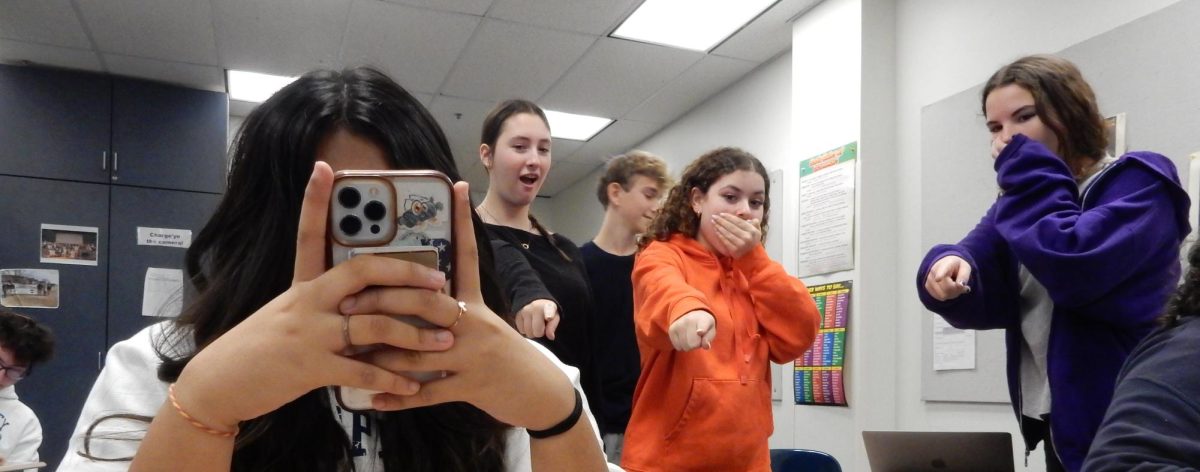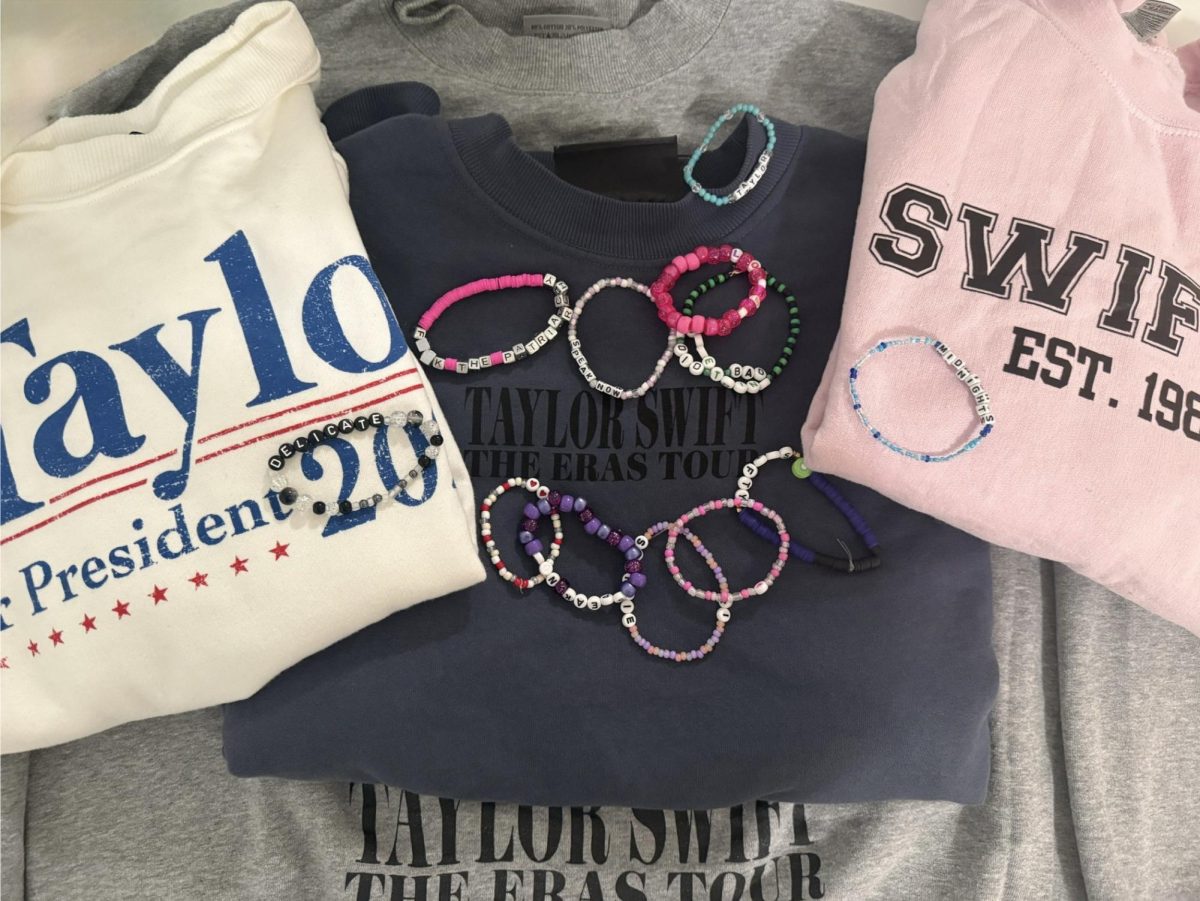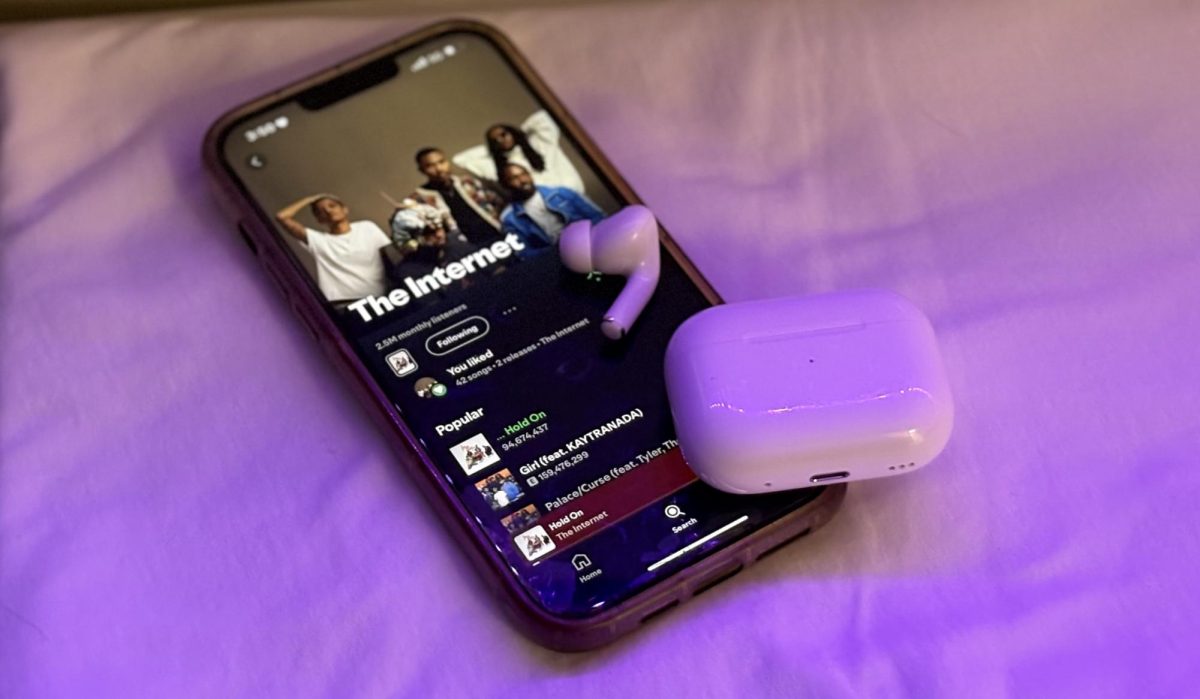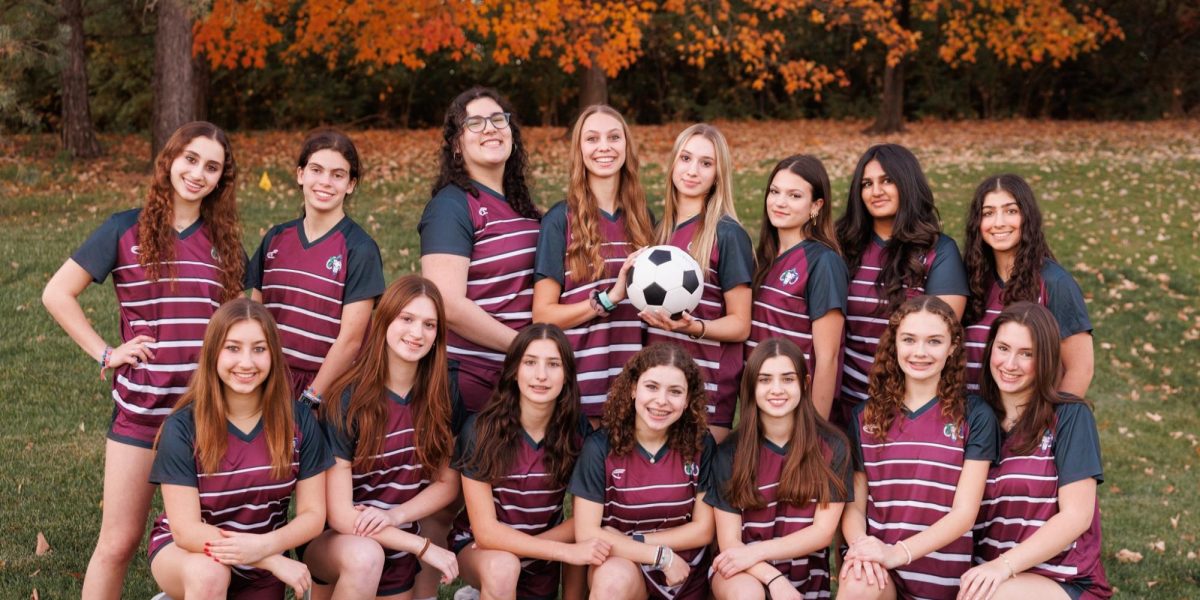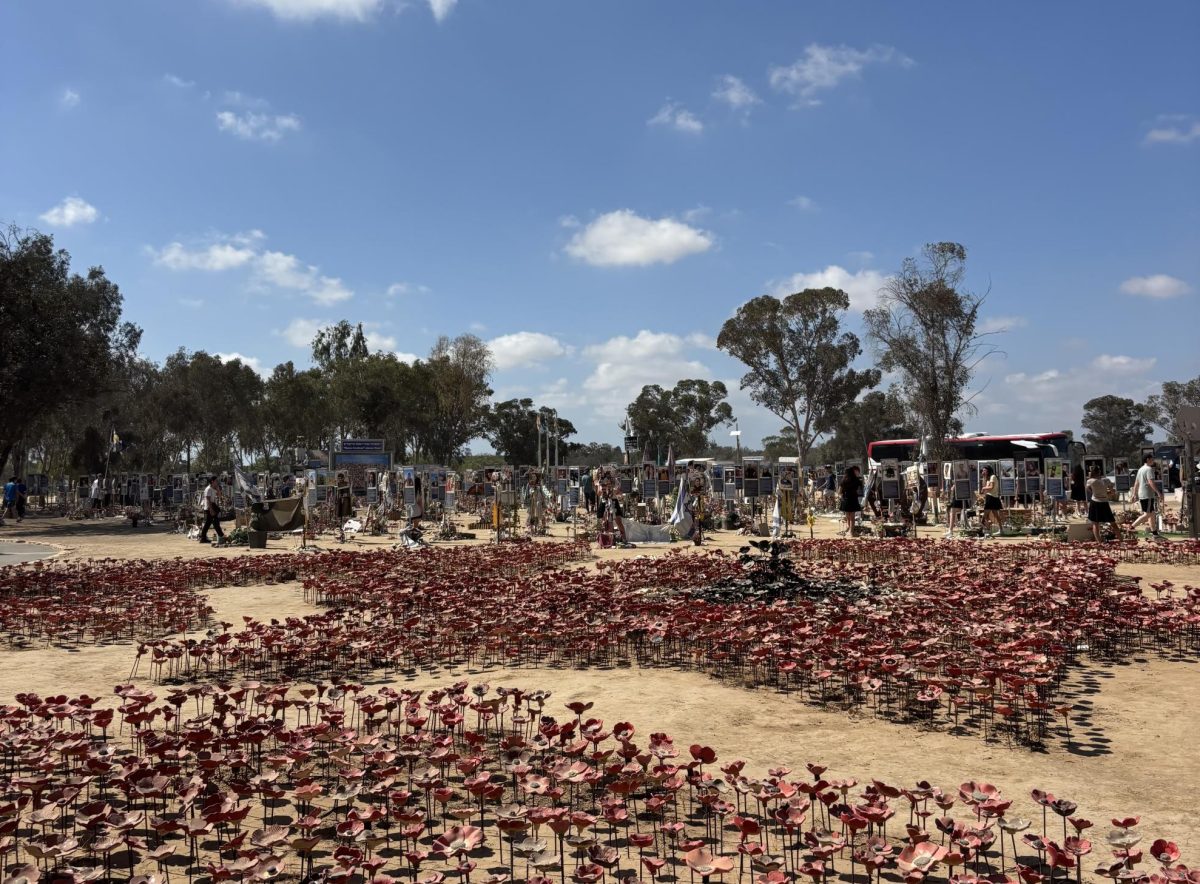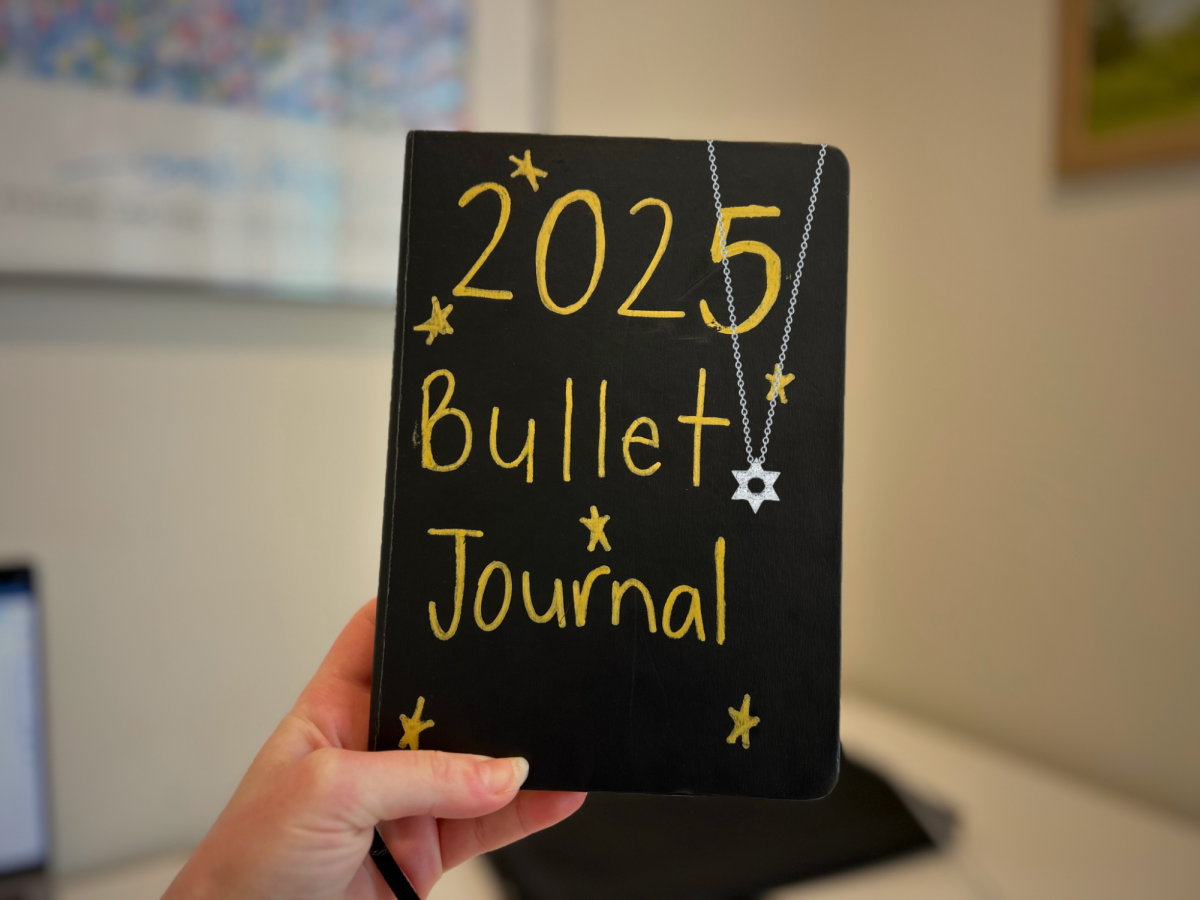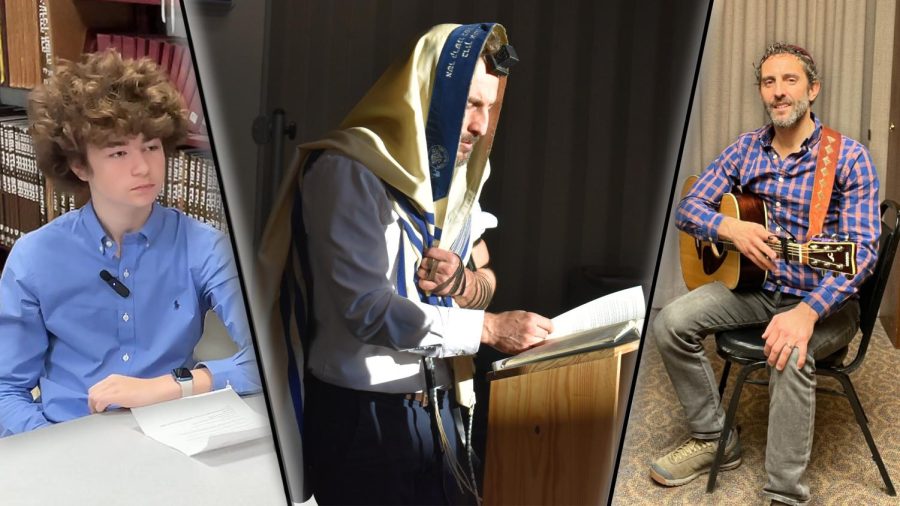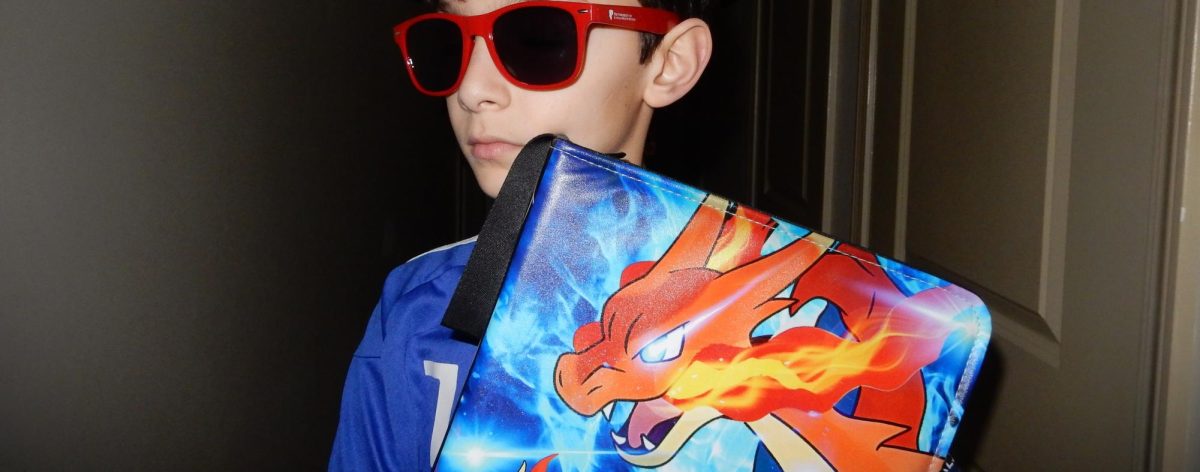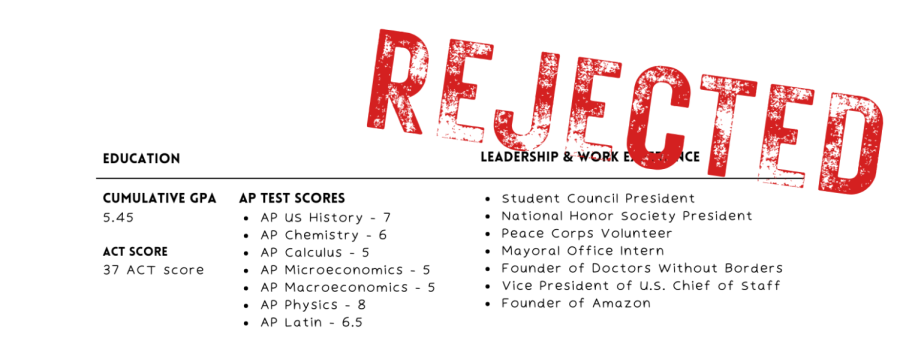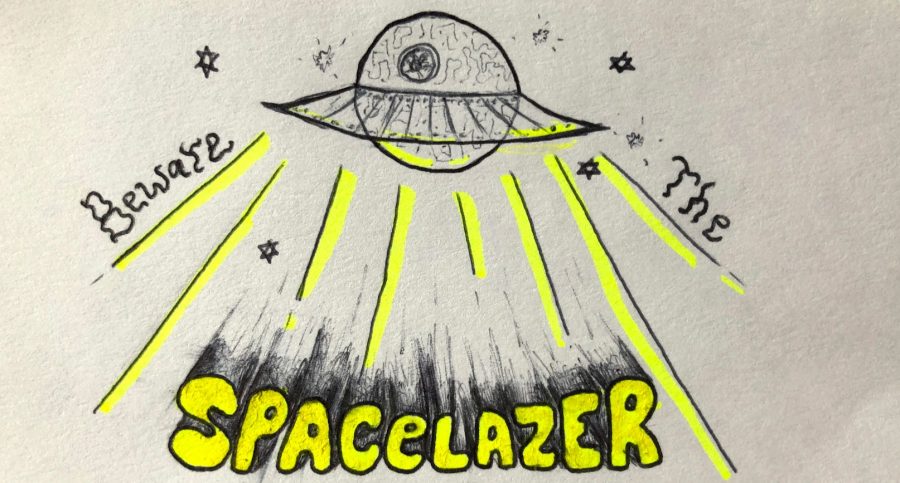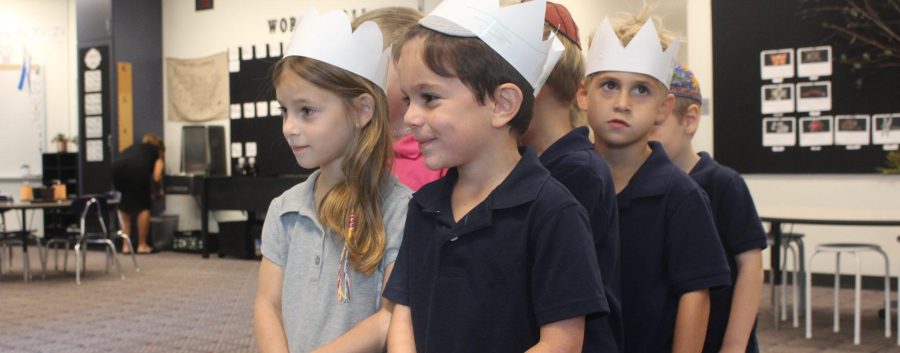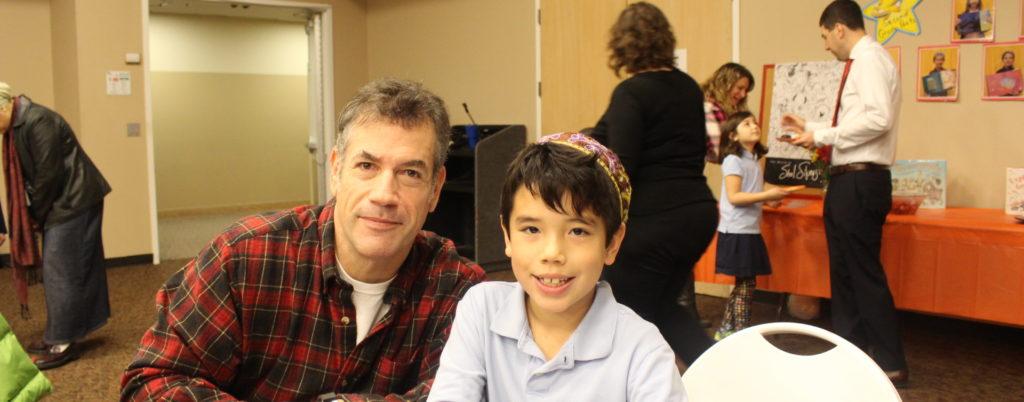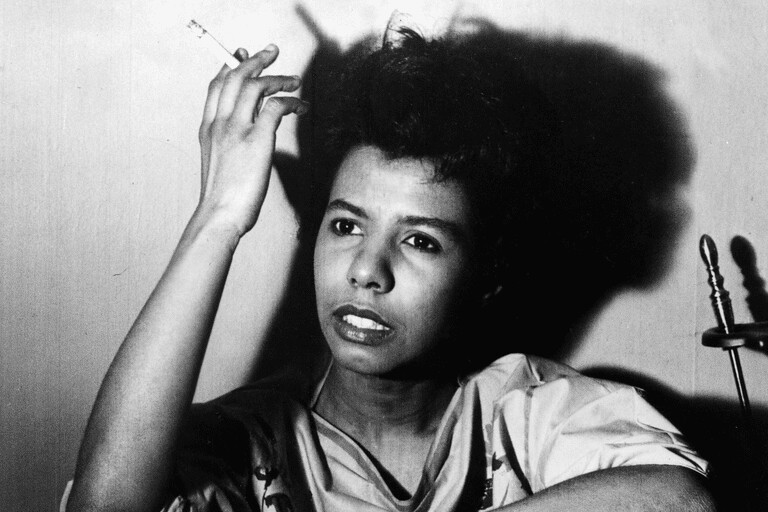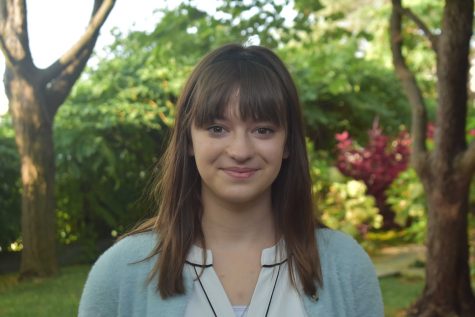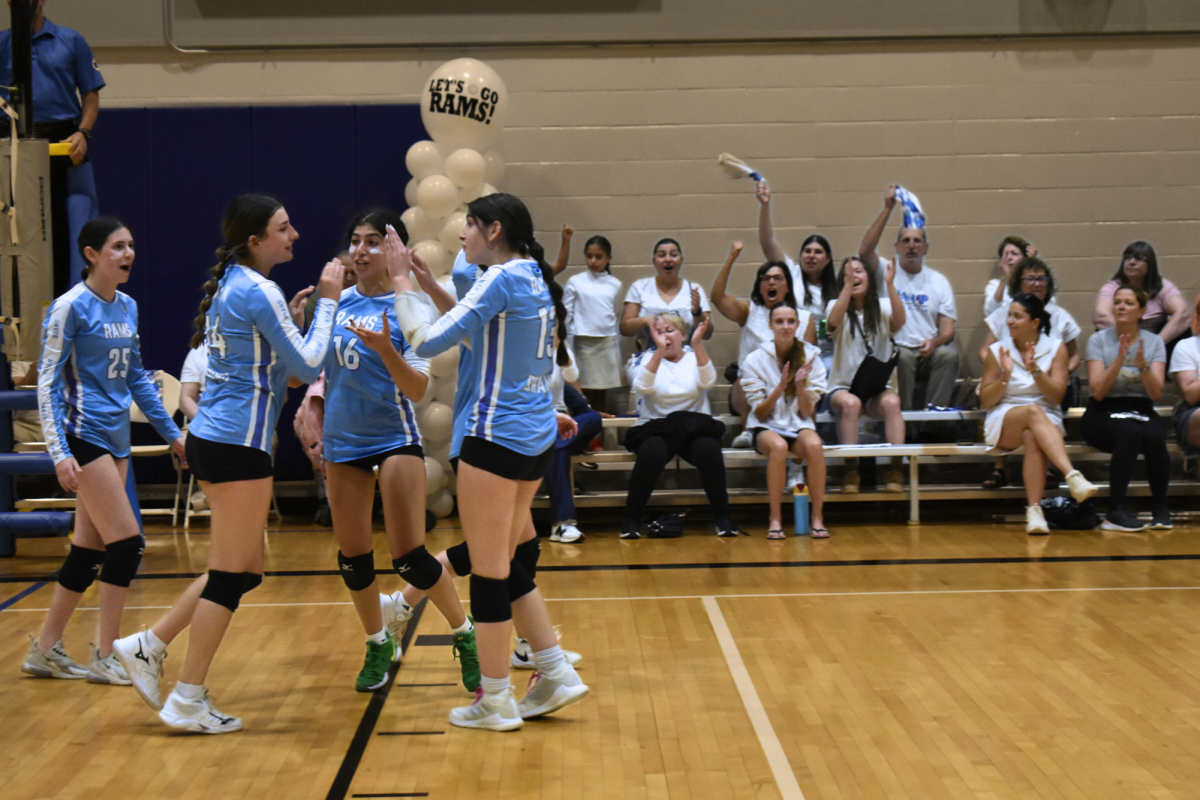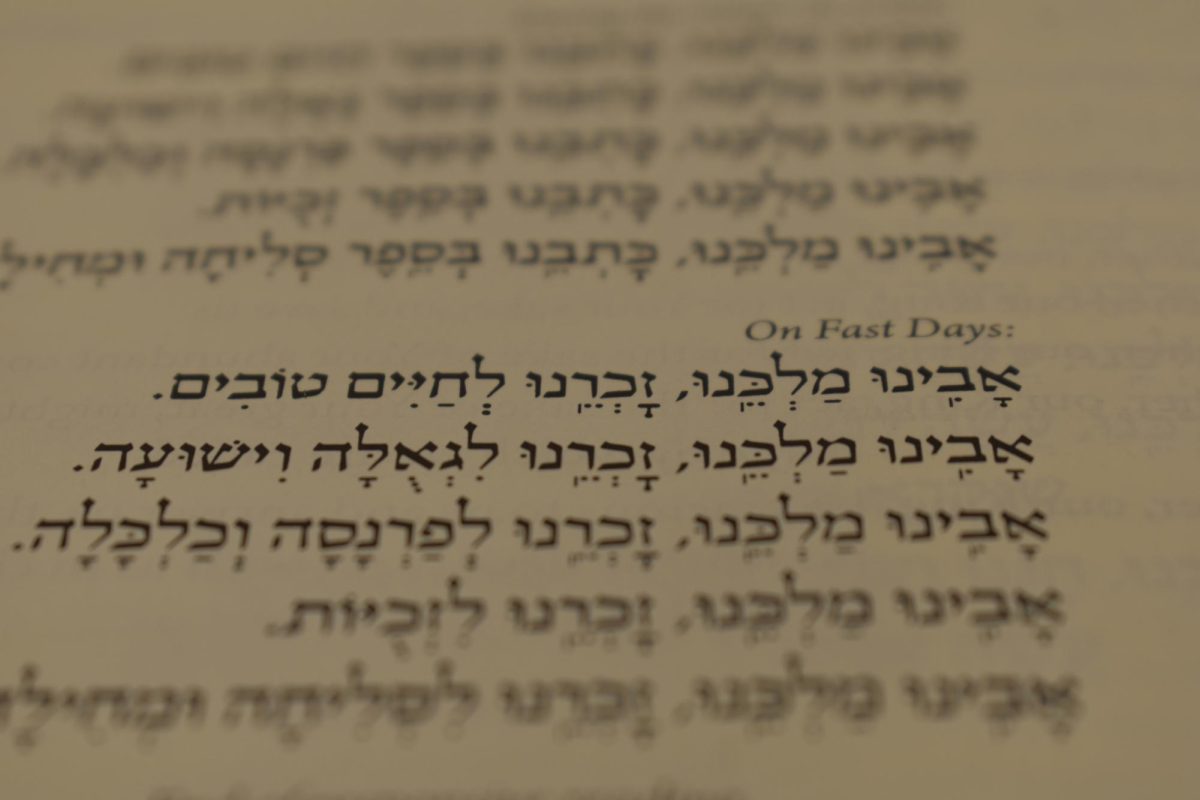LGBTQ+ People In History And How They Impact Our World Today
February 20, 2022
Image by Flickr.
All throughout history, LGBTQ+ people have impacted the world around them and inspired millions of people. However, due to the time period they lived in, they were not able to express how they felt. In fact, they may have been persecuted because of it. Did you know that the woman who wrote “A Raisin in the Sun” was a lesbian? Or that the man who discovered how to detect early tuberculosis infections was transgender? Many programs in schools do not teach their students about the influential lesbian, gay, bisexual, and trans people who changed the course of history or the way that we view the world.
At Hyman Brand Hebrew Academy (HBHA), students are taught Lorraine Hansbury’s “A Raisin in the Sun” in high school. Her book was, and still is, extremely influential with its message, “the desire for social progress amid the differing opinions on how to achieve it,” as her story on biography.com explains it. The play is based slightly upon Hansbury’s own experiences in her early life. In her twenties, Hansbury moved to New York City and became a part of both local and global activism. Later in her life, she would anonymously write about how homophobia, misogyny, and racism intersected and described herself as a “heterosexually married lesbian.” In 2014, Hansbury’s estate unsealed her diaries and other personal writings in which she stated that she was a lesbian, and on one page of likes and dislikes, she places “my homosexuality” under both categories. She was the first black woman and the youngest person to win the New York Drama Critics’ Circle Award at only 29 years old. Her work continues to be performed and read today in schools and theaters across the country.
As this year’s freshman and sophomore classes learn about the fight for civil rights in America in preparation for their civil rights trip, Bayard Rustin’s story and influence should be taught. He was the man behind the scenes and spent his life fighting for the rights of others. Rustin was the man who organized the famous March on Washington in just eight weeks. He and his team were constantly calling and writing letters, asking people to come and march. From a very young age, his confidence in his beliefs and himself were validated and boosted by his grandmother. An article on history.com, “Why MLK’s Right-Hand Man, Bayard Rustin, Was Nearly Written Out of History” by Thad Morgan, goes on to explain that “she wasn’t concerned so much about him dating men, she was more concerned about the men that he chose” in an interview with Michael G. Long, editor of “I Must Resist: Bayard Rustin’s Life in Letters” and co-author of “Bayard Rustin: The Invisible Activist.” It was because of Rustin’s influence that pacifism and nonviolence would become the cornerstones of the Civil Rights Movement.
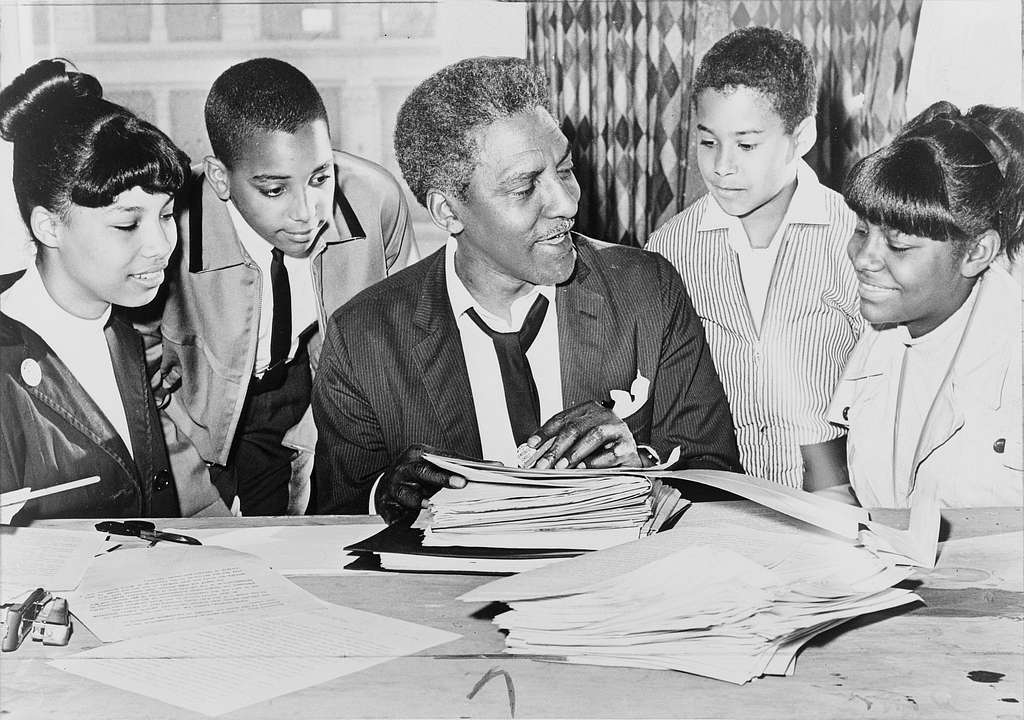
Alan L. Hart received his master’s degree in public health from Yale University in 1948 and went on to make extraordinary steps in Tuberculosis research throughout his life. Hart was born in Kansas in 1890 and was assigned female at birth, but as he began to grow up, he displayed interest in typically ‘boy’ activities such as a passion for pocket-knives, hiking, tennis, agriculture, and politics, looking to his grandfather as a role model. All throughout his schooling, he presented as female, leading him to be teased for his performance of being a woman. As his medical studies progressed, he began to research his own gender identity. In 1917, a physician named Allen Gilbert removed Hart’s reproductive organs. A hysterectomy was seen as a full-sex change. This was because of the misogynistic view that women were only medically considered so if they had female reproductive organs. Throughout his professional life, he continued to move and take jobs all over the West and Southwest. Many historians attribute these constant moves to his sex-change, although Hart never explicitly stated this was the reason.
People in the LGBTQ+ community have changed the world, quite literally. There are many others who felt that they had to hide who they were from the world, and we should learn their stories and give them the chance to be in the spotlight. Some of these people we can only speculate about, such as the popular opinion that Emily Dickenson was a lesbian. According to a Vox article, “A new movie remembers the real Emily Dickinson — passionate, ambitious, and queer” by Alissa Wilkinson, “Scholarship lately has indicated that Dickinson had a lifelong love affair with her childhood friend, Susan Gilbert.” It is impossible to place modern labels on historical figures. However, we can say that Lorraine Hansbury was a “heterosexually married lesbian,” Bayard Rustin was gay, and that Alan L. Hart identified as a man, as these are all things that they described themselves as. As Bryan McQueen reminds us, if you are questioning or figuring out your identity, remember “take your time, it will get better, it will get easier. Find your tribe.”
You are welcome to come to Rainbow Rams or reach out to any of the mentors in Sources of Strength. Let’s go make history!


